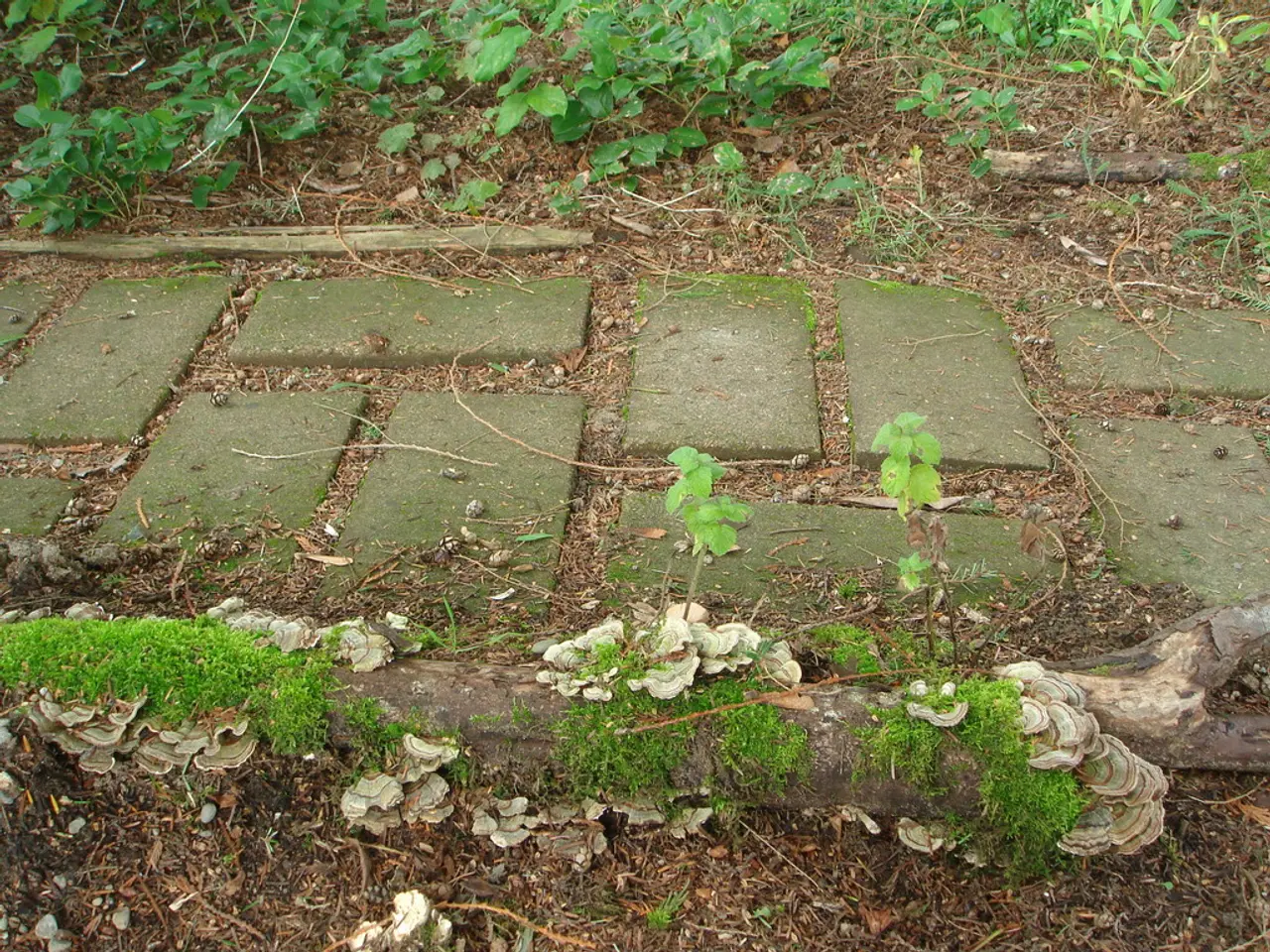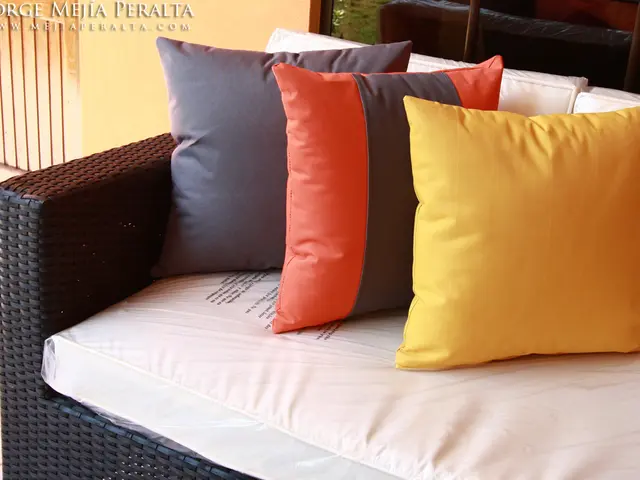Mycelium: The Eco-Friendly Material Revolutionizing Construction
Autumn, the peak season for mushroom growth, has inspired innovative research at the Fraunhofer Wood Research Institute. Dr. Henrik-Alexander Christ and Dr. Steffen Sydow, leading this study, are exploring the potential of mycelium, the network of hyphae beneath mushrooms, to revolutionize industries like construction.
The institute has successfully developed eco-friendly insulation materials for buildings using mycelium. This breakthrough could significantly reduce the environmental impact of construction. The researchers, based in Braunschweig, collaborate with local partners to create sustainable solutions.
In a unique application, mycelium and elephant grass fibers were used to create a stage set and lampshades for the Braunschweig State Theater. This demonstrates the versatility of mycelium-based materials, which can form self-supporting structures when they decompose organic matter. Researchers can control and customize these materials' properties to meet specific requirements, expanding their potential beyond stage design. Heat-pressed mycelium composites offer numerous possibilities for various industries.
Mycelium, the focus of Dr. Henrik-Alexander Christ and Dr. Steffen Sydow's research, is proving to be a versatile and eco-friendly material. With the potential to revolutionize construction and other industries, mycelium-based products could become commonplace in the near future.
Read also:
- German Workers Log Record Hours in 2023, Expert Warns of Counterproductive Behaviors
- Home Safety Experts Warn Against Using Extension Cords for High-Wattage Appliances
- Rare Wryneck Breeds in Regensburg for First Time
- Coalition of 20 Associations Presents 12-Point Plan for Sustainable German Agriculture






